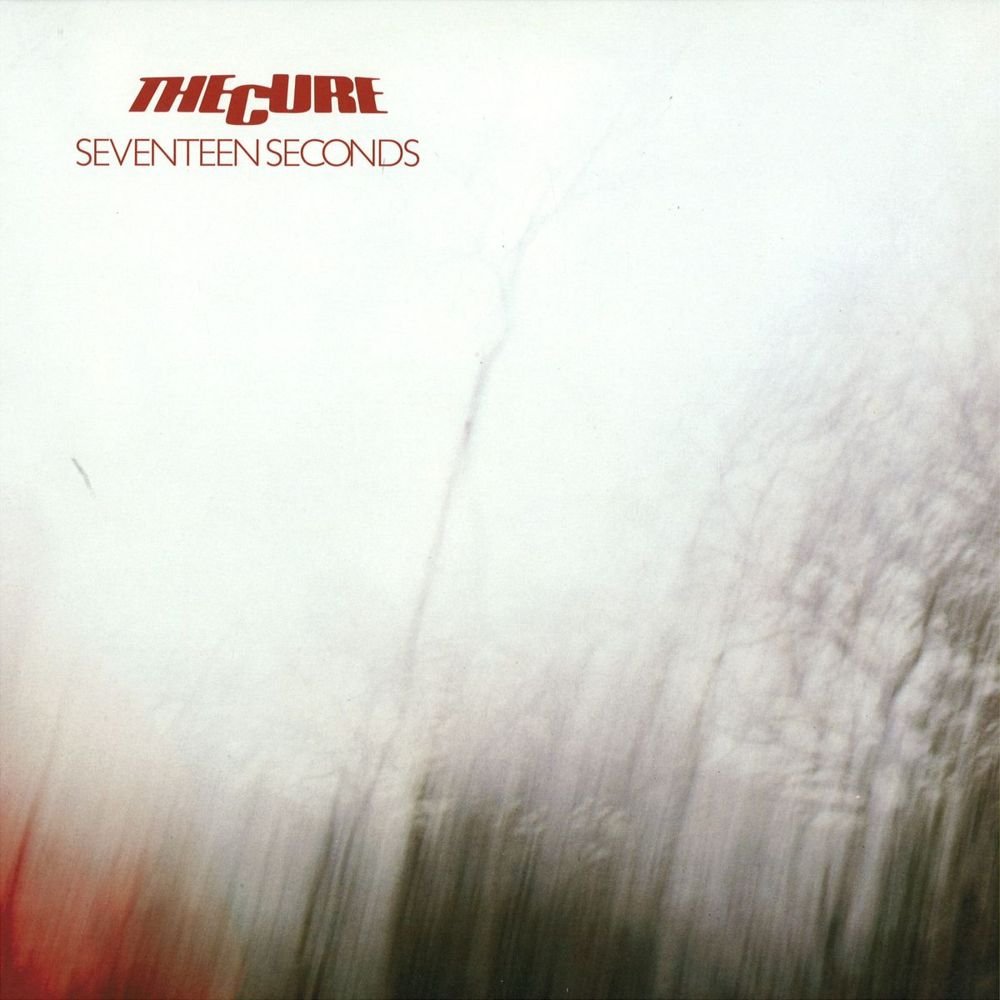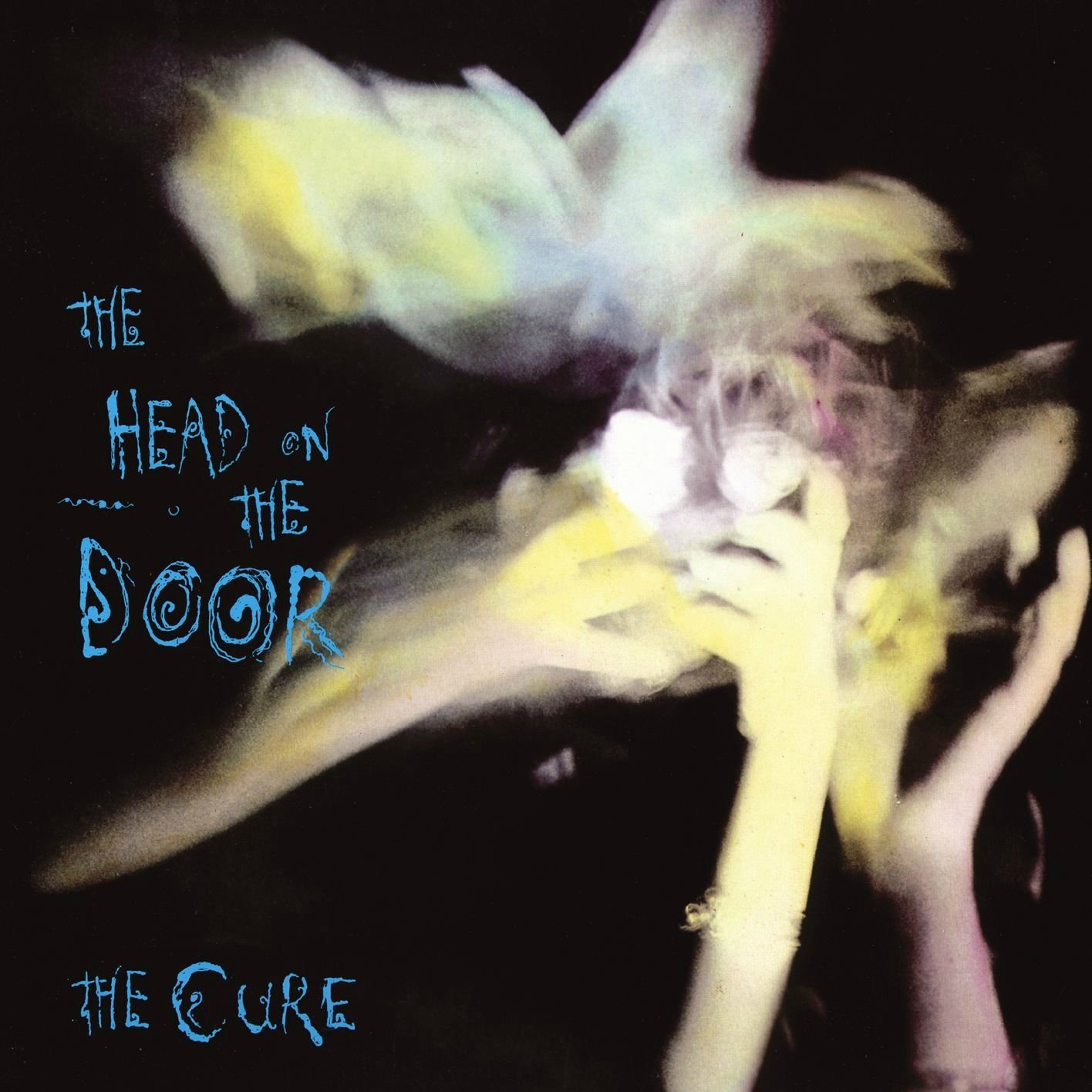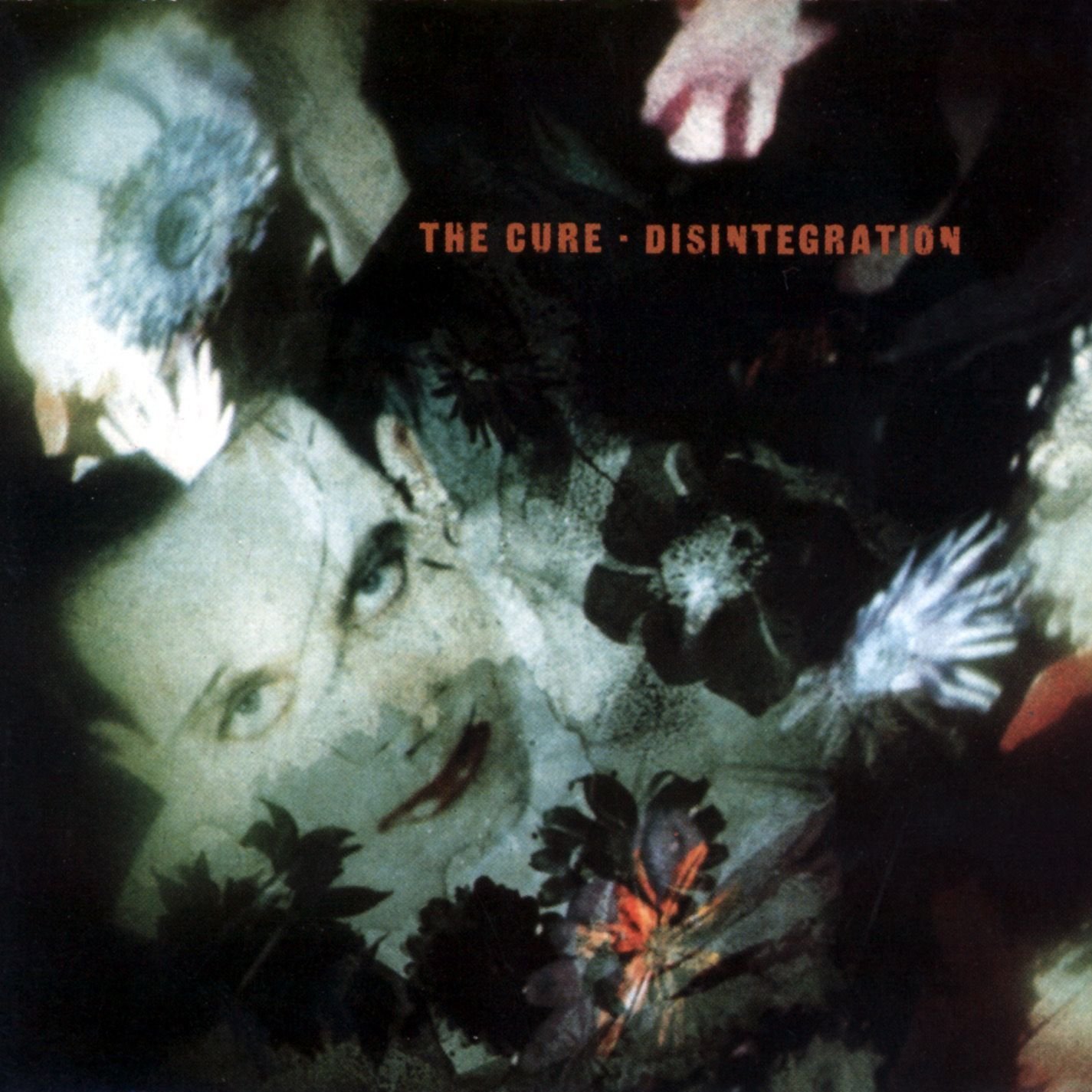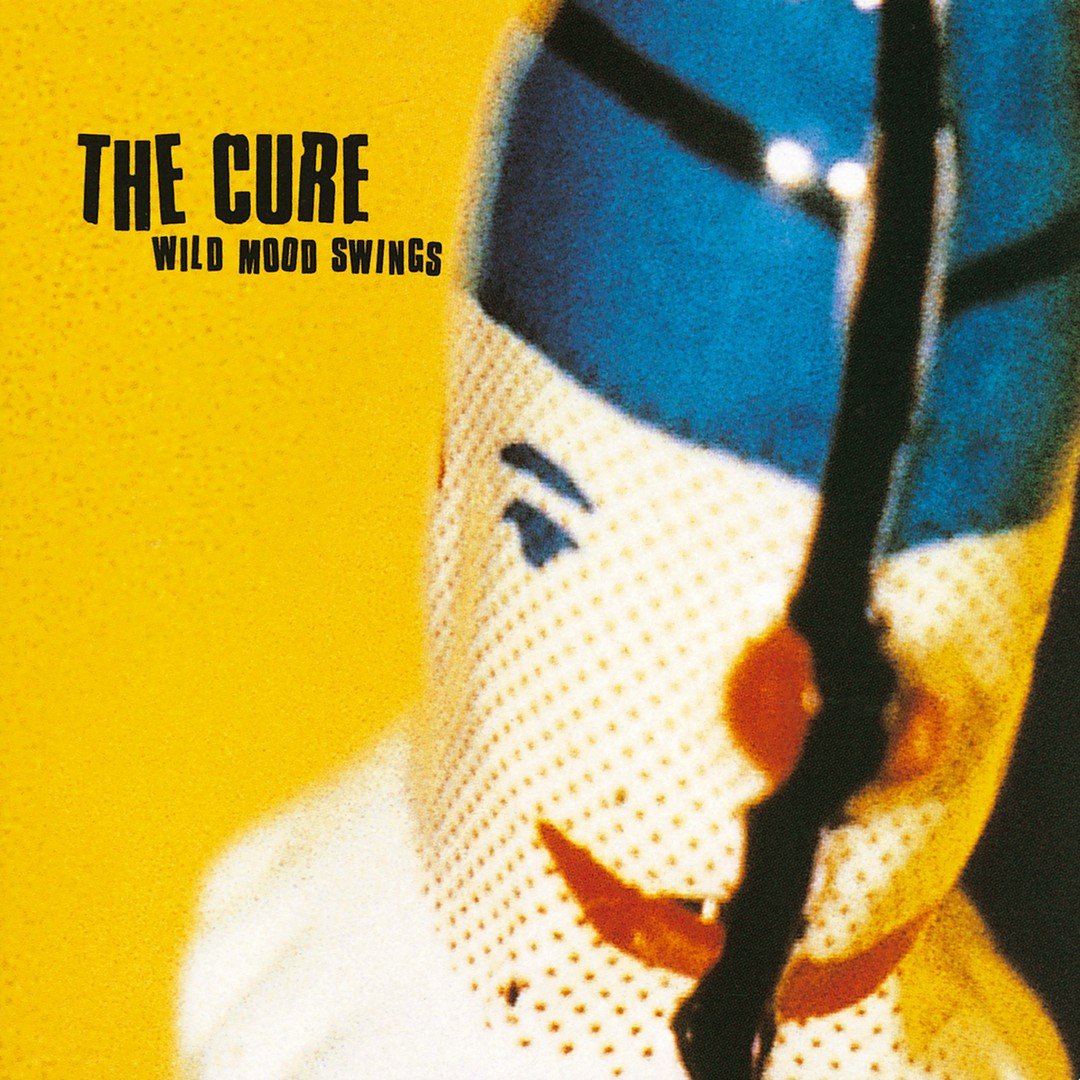Happy 15th Anniversary to The Cure’s thirteenth studio album 4:13 Dream, originally released October 27, 2008.
Uncertainty surrounds The Cure’s 4:13 Dream, an ellipsis of a record that still dangles fifteen years later. For a band who had already fashioned twelve cohesive studio albums, their thirteenth studio long player is a perplexing exception. From nearly the beginning of The Cure’s career, singer and guitarist Robert Smith produced each release with utmost care, always clasping to his creative vision. However, on their 4:13 Dream—still their latest to date—Smith surprisingly gave way to external forces.
Leading up to its release in October 2008, Smith stated in interviews that he conceived of 4:13 Dream as a double album. Accordingly, the band, which was a four-piece at the time featuring bassist Simon Gallup, guitarist Porl Thomson and drummer Jason Cooper, recorded 33 songs. But, in the end, Smith succumbed to their label Geffen’s push for a single, more commercially viable album. Resultingly, a sense of uncharacteristic detachment seems to permeate the record, the unintended consequence of a dulled, jaded heart.
In 2014, Smith elucidated, “Compiling a single CD album required a different approach (for one thing there was no longer the time to 'spread out' and connect the different moods as I had originally intended)….And as a consequence a number of (my favourite!) slower songs and instrumental pieces were left unfinished and unreleased….I think 4:13 Dream is an excellent Cure album, and all the B-sides are fab….But the culmination of the project wasn’t quite what it should have been, as 16 of the original 33 songs were 'left on the shelf.'”
Geffen’s meddling is unfortunate because though Smith has toyed with releasing “4:14 Scream,” the darker counterpart to 4:13 Dream and “4:26 Dream” (the double he initially envisioned), nothing has materialized. The idea that some of Smith’s admitted favorites have never seen the light of day sends this ravenous Cure fan into a tizzy, but I’ll try to contain it. I’ll just try to forget the well-known secret that The Cure are masters at instrumental tracks. Pornography-era Carnage Visors and Lost Wishes, outtakes from Wish (1992) recording sessions, are boundless proof.
So, now that I’ve lamented what 4:13 Dream was not, I’ll gratefully celebrate what it is: an enthralling, guitar-driven album featuring Smith’s steady poetic brilliance and the many aesthetic trademarks that make this English band so unforgettable. First and foremost is their exquisite ability to catalyze every emotion into bursting transcendence.
And so, the lavish, grander-than-the-galaxies “Underneath the Stars” delivers chills from the beginning. Echoing the ethereal wonder of other album openers, like “Plainsong” from Disintegration (1989) and “Out of this World” from Bloodflowers (2000), the dreamy, celestially laced lyrics capture the dizzying sensation of being in love. Everything races around as the couple whirl through time and space, like immortals in euphoric romance. “Spinning round and round with you / Watching shadows melt the light / Soft shining from our eyes / Into another space / Is ours alone tonight / Watching shadows melt,” sings Smith. This first track, like so many Cure openers, pulls you immediately and deeply into another world. I’m sure it alone made new fans.
After such a stirring start, we’re offered a breezy reprieve in the form of 4:13 Dream’s first single, “The Only One.” Radio-friendly and sweet, the giddy number recalls “High,” the first single from Wish and showcases Smith’s playful side with grin-inducing yelps and yowls that are unmistakably and uniquely his.
Listen to the Album:
Belying its troubled core, the seemingly upbeat “The Reasons Why” follows. It’s a rude awakening perhaps from the perfect moments attained in “Underneath the Stars.” Now, instead of drinking in the beauty of the stars, the narrator is “falling through the skies,” struggling to communicate with the other and making compromises about suicide.
Next, “Freakshow,” the album’s quirky second single, interrupts the heavy contemplation, bearing the hallucinatory lyrical whimsy of The Top (1984) and The Head on the Door-era B-side, “A Man Inside My Mouth.” The Cure seem to favor performing it live, but musically, it just isn’t my favorite. And I must admit I’m thankful it’s one of the album’s shortest tracks.
A pretty antidote to what precedes, the delicate “Sirensong” is actually the most compact song on 4:13 Dream. Full of bittersweet ache, it recounts a mesmerizing encounter, imagining—and letting go of—a whole storybook future in a moment. If the woozy beauty of “Catch” (Kiss Me Me Kiss Me, 1987), “2 Late” (Disintegration-era b-side, 1989) and “Jupiter Crash” (Wild Mood Swings, 1996) make the whole of your heart tingle, then I highly recommend seeking soft shelter here.
A different spin on a fractured fairytale, “The Real Snow White” spills clumsily, like a series of flimsy justifications toward an unsatisfying end. Perhaps a futile fight against addiction or infidelity, the enigmatic track smacks of greedy indulgence. And it’s quite clear the narrator knows it. For a fleeting reward, he hastily dismisses any sense of virtue: “You know how it is with these promises / Made in the heat of the moment / They're made before right becomes wrong / Whenever you've got what I want.” Overall, it’s a captivating listen, but I find its guileful spirit distressing.
“The Hungry Ghost” seems to be, at least in part, a wry acknowledgment of these hedonistic ways: “Even if we turn more to most / We'll never satisfy the hungry ghost.” As Smith continues, we see the commentary is broader-reaching, offering a sarcastic perspective on our collective materialist tendencies: “Safe to say it isn't ever wrong / Better to get than to delay / A 3d screen / A cleaner fit / A bit pulled out of every hit / Addicted latest greatest piece / Design caprice and make the headline.”
Like other tracks on 4:13 Dream, “The Hungry Ghost” swims in the vein of Wish, epitomizing the chemistry among this particular lineup of The Cure, with the influence of guitarist and original member Porl Thompson beaming bright. Since the beginning, Thompson has floated in and out of the band, always a kindred spirit to The Cure. He was part of the core group behind their four massively popular ‘80s and ‘90s albums—The Head on the Door, Kiss Me Kiss Me Kiss Me, Disintegration and Wish.
His return to the band with 4:13 Dream in some sense was a reprisal of those seminal years, as Thompson, Smith and Gallup had played together for so long. Cooper, who joined after Wish, never had a chance to record with Thompson, but he, too, seems more in his element on this album. It’s possible Thompson helped mitigate anxiety among the band, in general, especially after long-time members guitarist Perry Bamonte and keyboardist Roger O’Donnell were unexpectedly let go in 2005—a shake-up Smith felt was needed.
Shattering the jangly, jammy goodness of “The Hungry Ghost” is “Switch,” which basks in the same Wish-like aura, only with a different wash of world weariness. Drifting somewhere in between “Open” and “End” (the first and last songs of Wish), “Switch” is an angsty, fervent expression of self-doubt. Despite being nowhere near reassuring in its resolution, the tension may feel oddly soothing to longtime fans and new ones, too. It’s a psychological battle well-represented in the Cure repertoire—a cathartic outlet for our most desperate, helpless times.
Enjoying this article? Click/tap on the album covers to explore more about The Cure:
Following the turmoil of “Switch” comes the single “The Perfect Boy,” which hums along pleasantly until you realize it’s a tale of heartbreak, with two sides having very different perceptions and expectations about the relationship. While the music feels a bit rehashed overall, the song itself is a remarkable example of Smith’s incredibly emotive voice. The way he hangs and holds onto words gives all meaning to the story.
Sandwiched in between singles “The Perfect Boy” and “Sleep When I’m Dead” is the innocuous “This. Here And Now. With You.” It’s not a painful listen (see “Freakshow”), but it’s also just not The Cure’s most memorable.
Fortunately, the mood intensifies as we hurtle toward the conclusion of 4:13 Dream. The faster-tempo “Sleep When I’m Dead” was apparently salvaged from The Head on the Door sessions, but tonally reminds me more of their subsequent album Kiss Me Kiss Me Kiss Me. Either way, it’s a defiant, hyperaware statement against a religious sheep mentality that’s also proven to be a live favorite.
The penultimate track, “The Scream,” presents another window into the vast psyche of The Cure. It’s a perilous, panicked descent, with the narrator first sensing something amiss before spiraling into the inevitable, full-blown realization that “This is not a dream / This is how it really is / There isn't any other this / Is not a dream.” It’s a nightmarish treat that thrashes in the throes we experienced in Pornography and would likely appeal to anyone taken with the final part of Twin Peaks: The Return. Given the song’s title, I wonder if it’s a glimpse into the soul of “4:14 Scream.” What, pray tell, further darkness awaits?
Bitter and breathless, Smith shows no signs of abatement as we reach the album closer, the aptly titled “It’s Over.” Murky snatches of stormy arguments scatter against a wailing onslaught of guitar and bass. By the end, he’s moaning dejectedly and repeatedly, “I lost another life” before his final resignation, “I can’t do this anymore.” If “The Scream” was the album’s claustrophobic fever, then he’s managed to break free, but the future remains unclear.
In the decade-and-a-half that’s elapsed since 4:13 Dream, The Cure have shifted lineups yet again, toured extensively (even playing a couple of new songs) and released a few surprises. And while their last record may not have been what Smith envisioned, it’s still an entrance to the realm of The Cure—and most fans will follow any path to get there.
LISTEN:
Editor's note: this anniversary tribute was originally published in 2018 and has since been edited for accuracy and timeliness.





